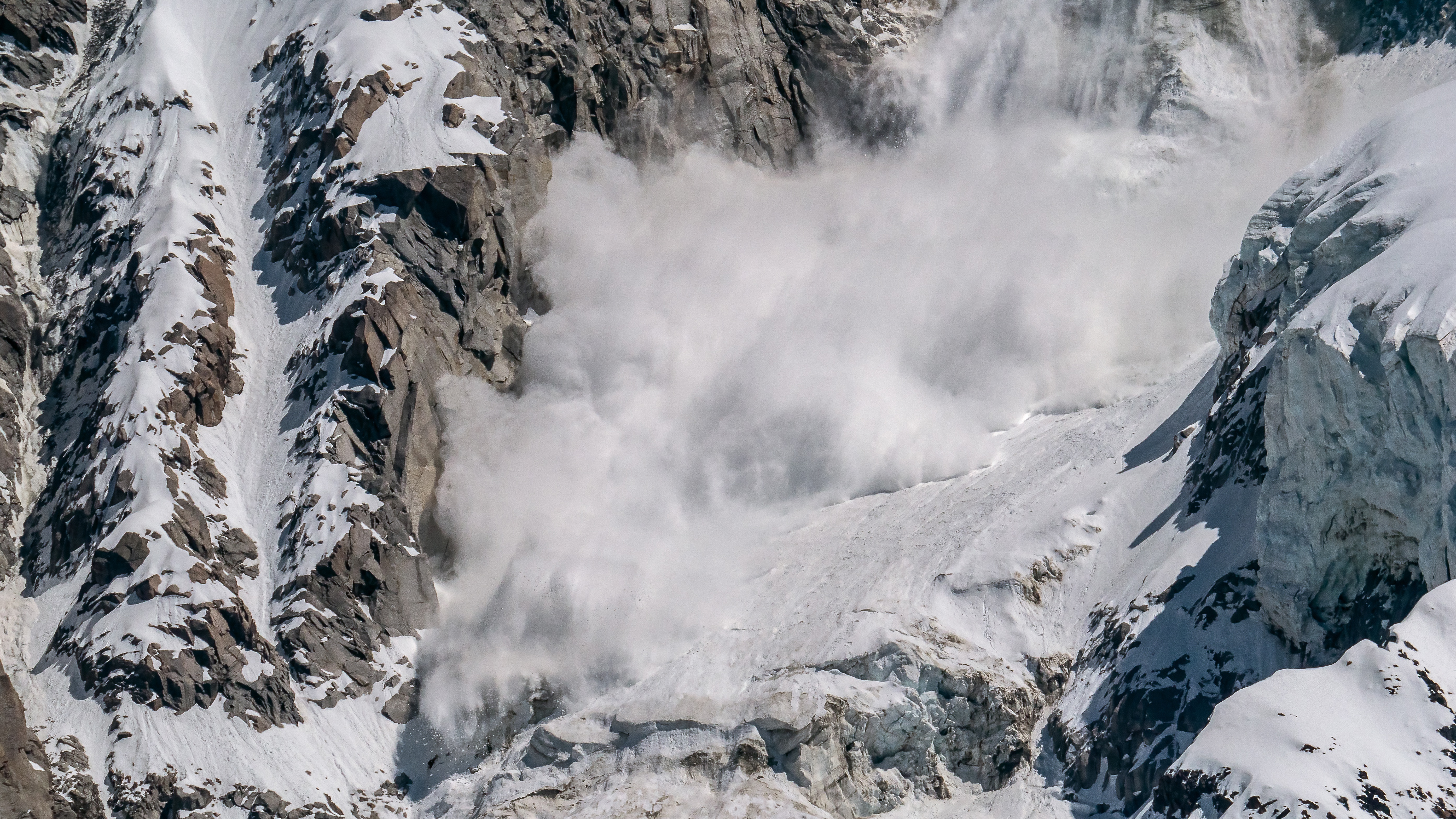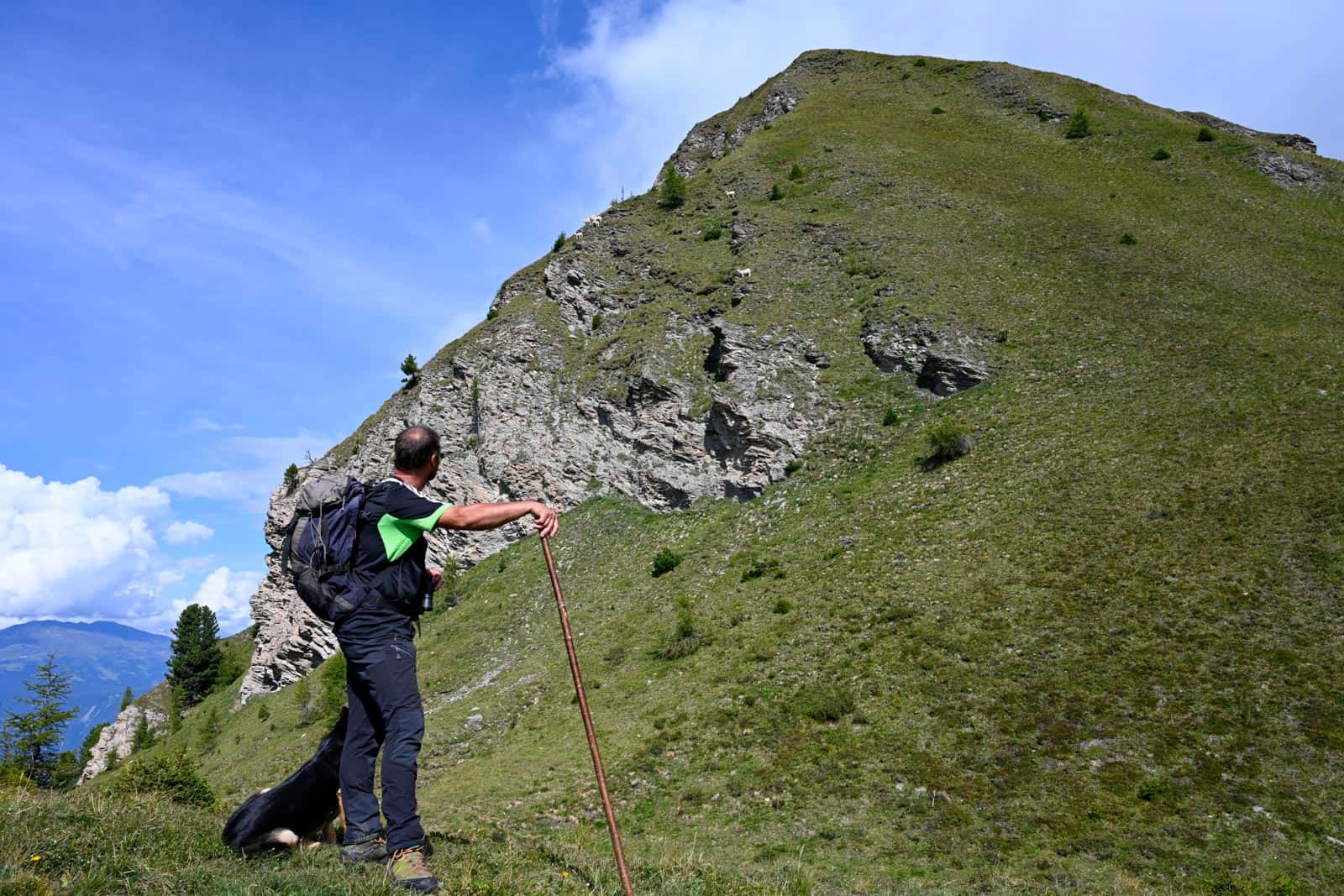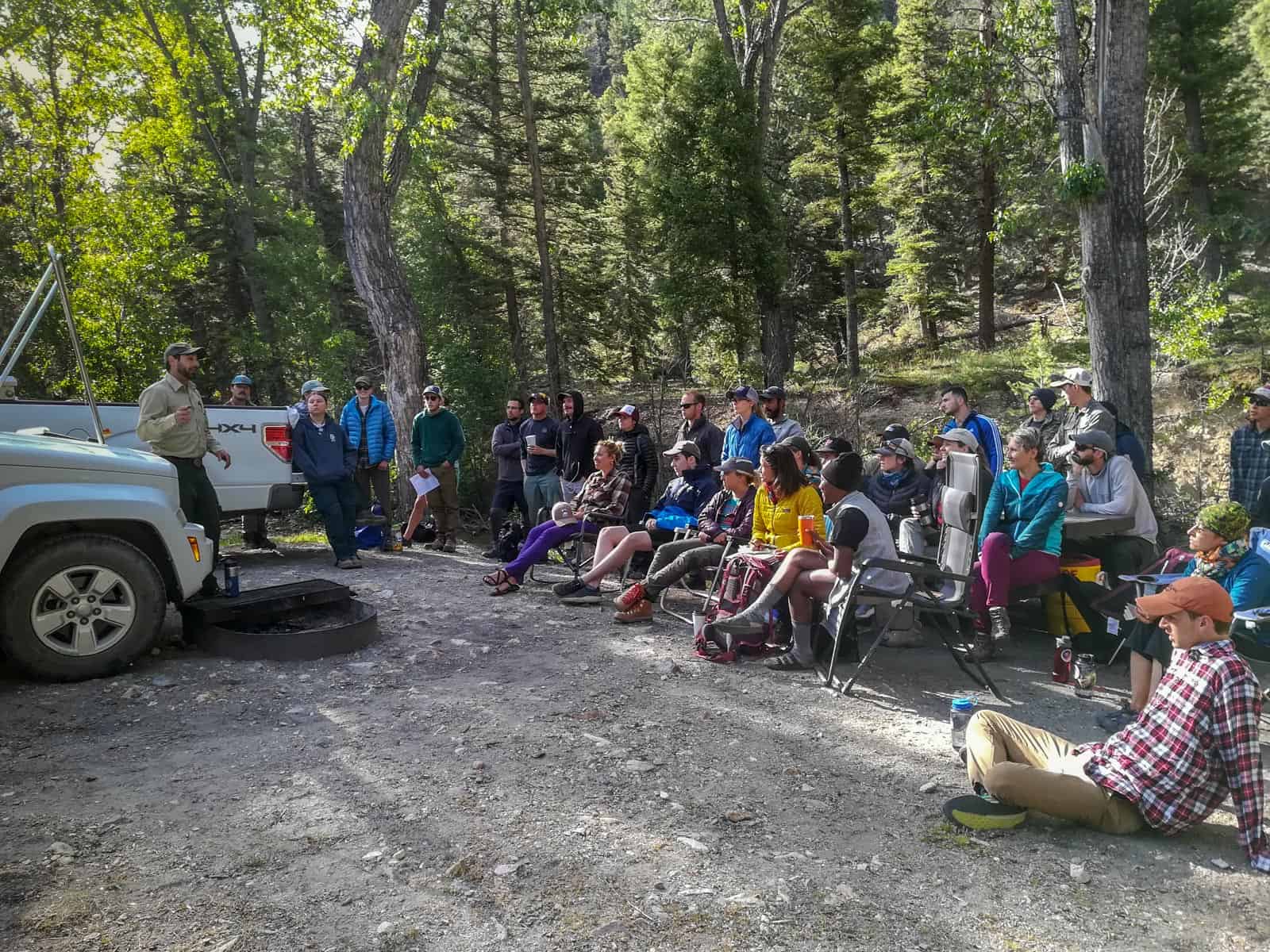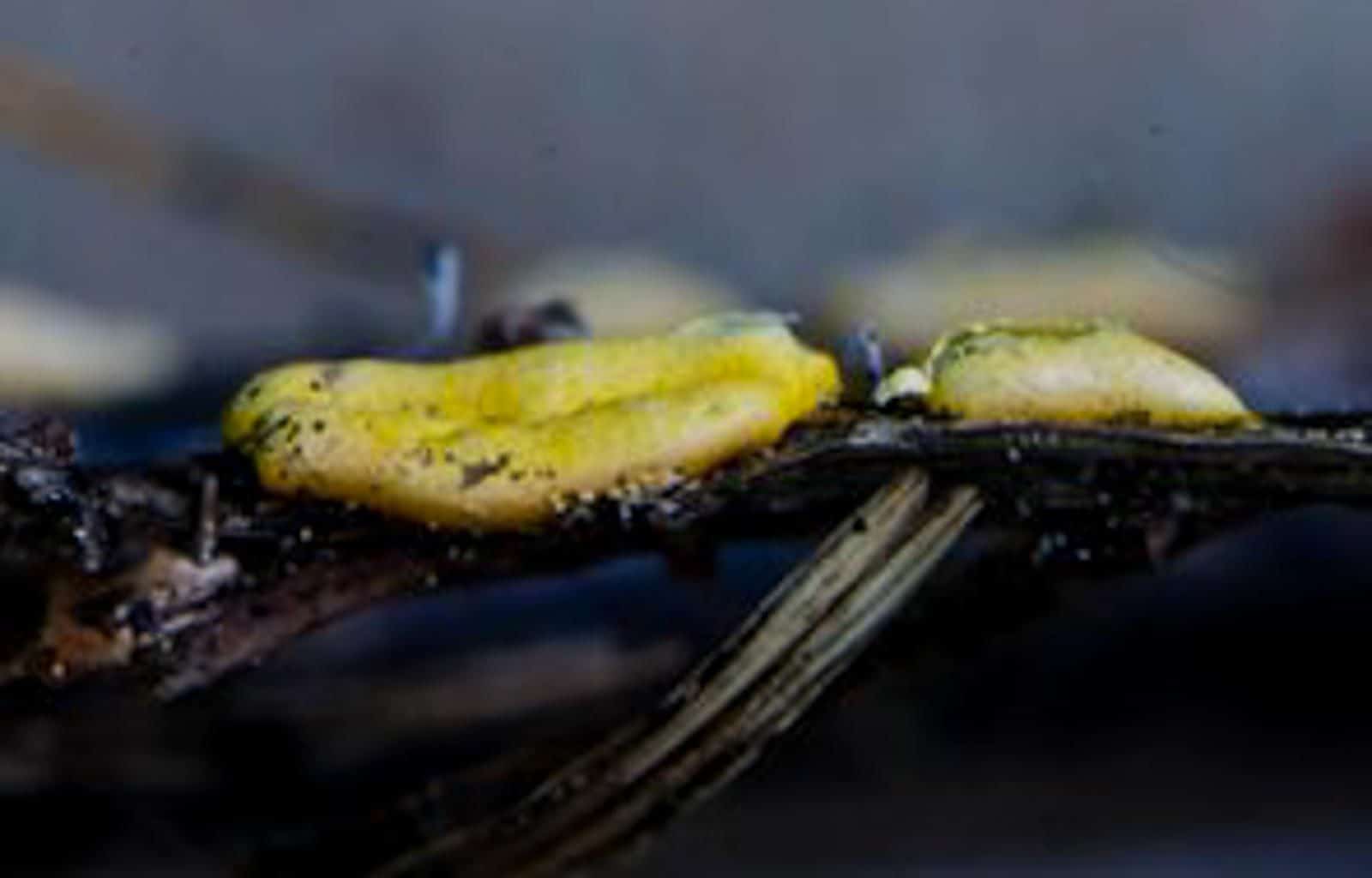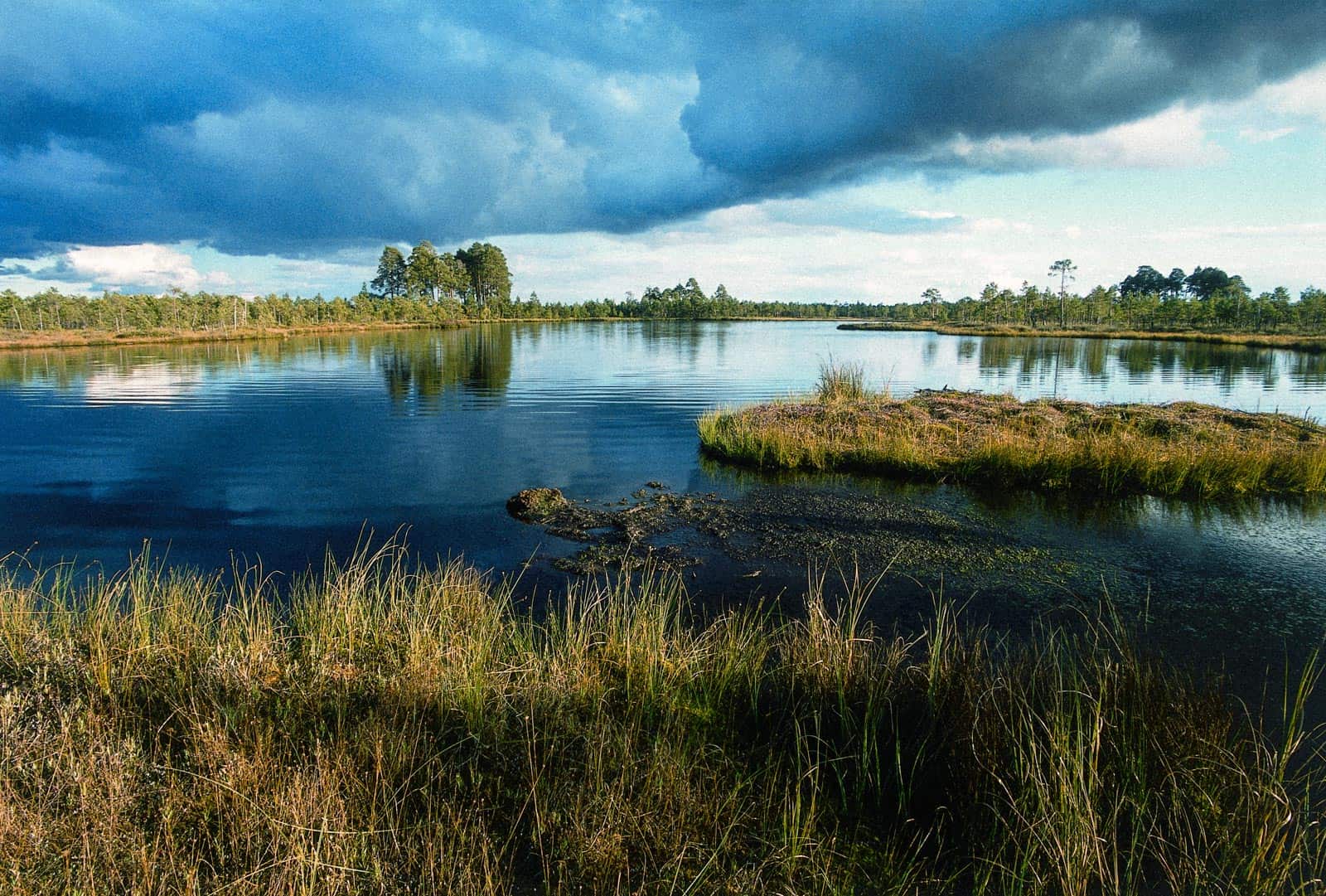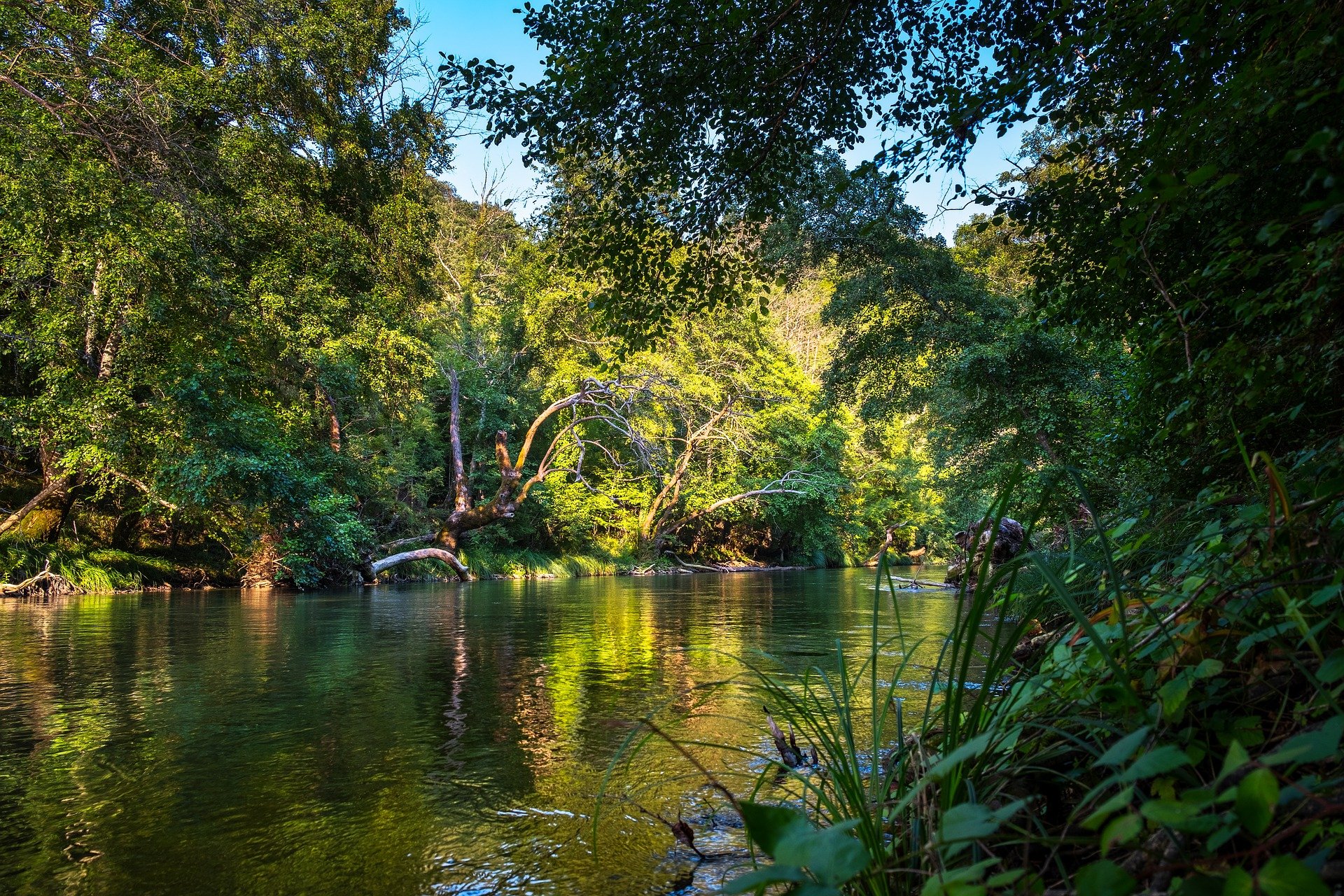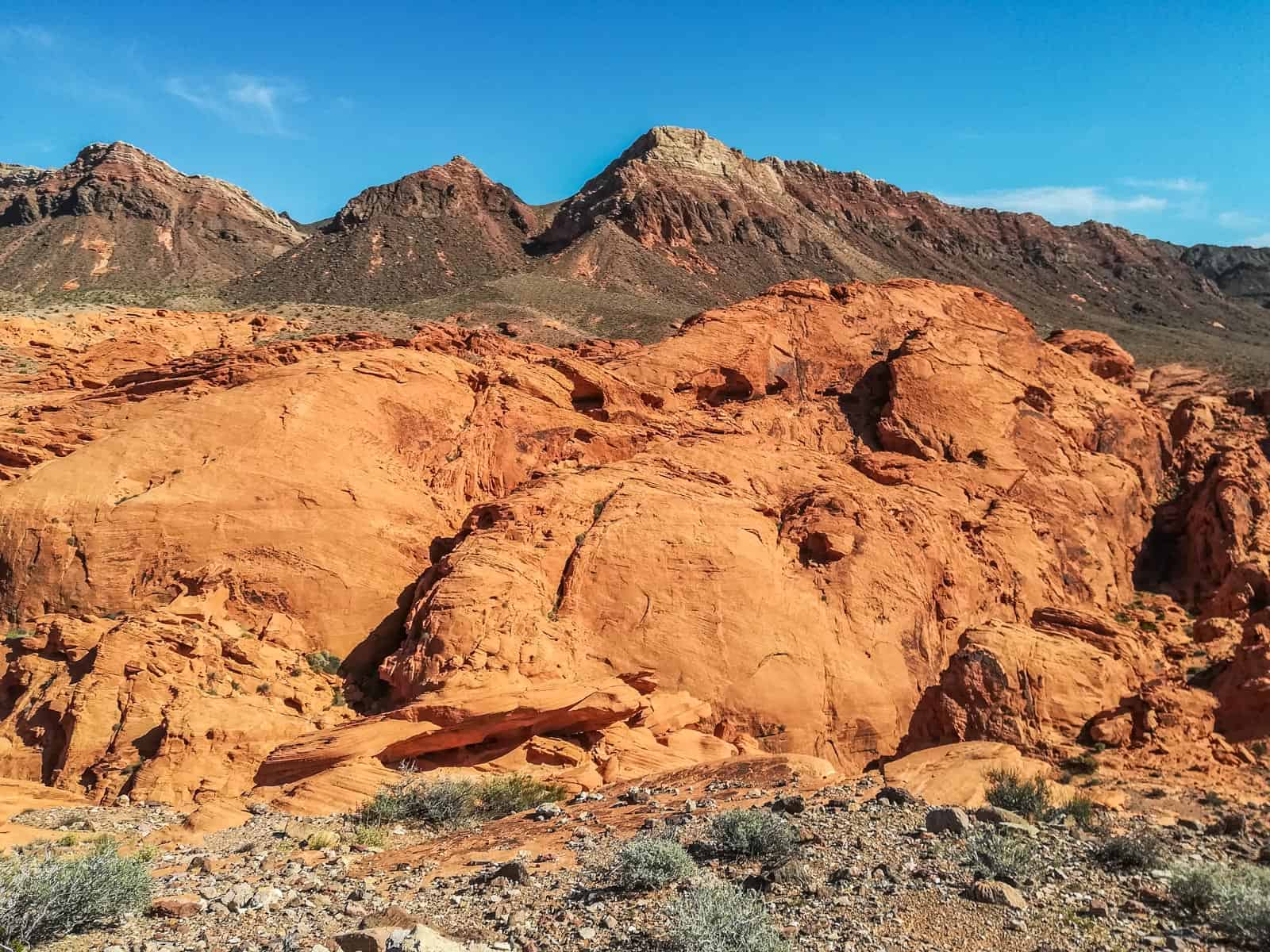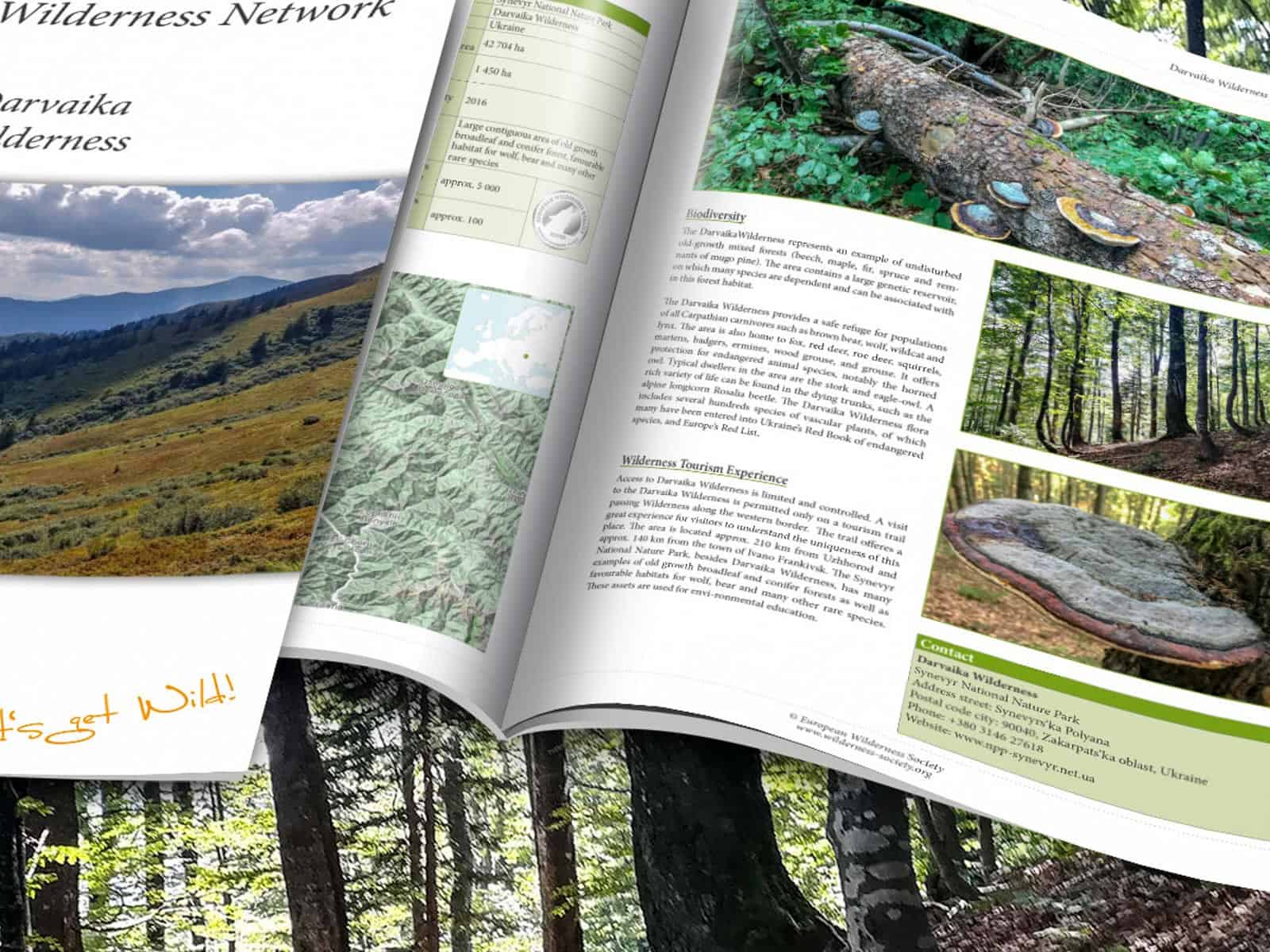Avalanches and forests
What is an avalanche?
An avalanche is a quick and sudden slide of a large amount of snow down a slope. Avalanches are a natural phenomenon in mid-mountain and high-mountain locations. In mid-mountain locations and especially in the area of the tree line, they can have a significant impact on forests.
When is a risk of an avalanche?
A decisive prerequisite for the formation of an avalanche is the slope of the terrain, its smoothness and compactness at the point of detachment. Important is an exposure that allows excessive accumulation of wind-blown snow, as well as a lack of tree vegetation.
Meteorological factors such as the height of new snow, wind, air temperature, possible rain and solar radiation also play a significant role in the formation of avalanches.
Avalanches are a threat to people
Avalanches represent a serious danger for people living in the mountains. These are areas where there are steep slopes and, as a rule, thick snow cover.
Hundreds of people die in avalanches in European mountains every year. The largest share of them, usually over 80%, is represented by people moving in free terrain, such as skiers, ski alpinists and mountaineers.
Avalanches also cause significant damage to residential facilities, transport infrastructure and mountain forests every year.
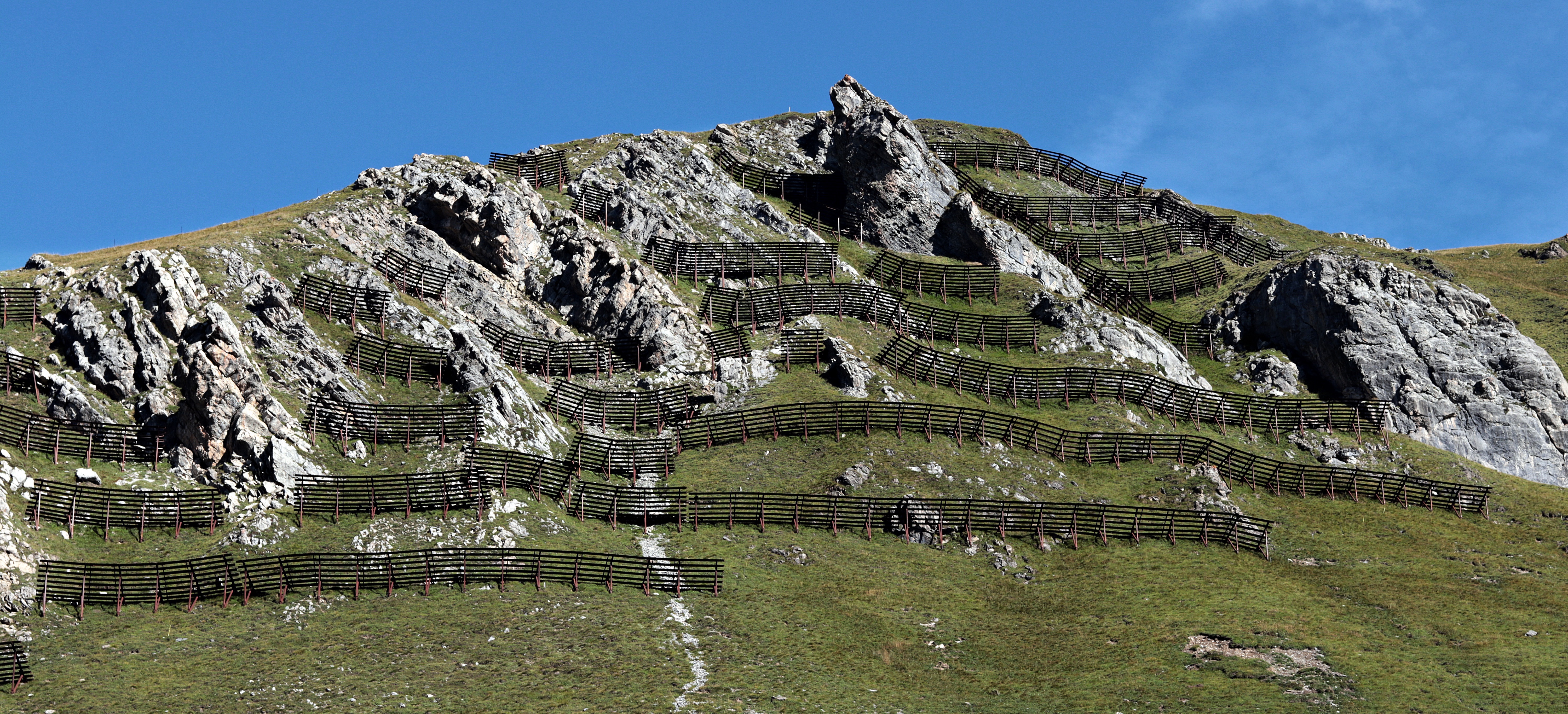
Avalanches and natural processes
Avalanches are an important natural process and therefore have irreplaceable importance in the development of natural mountain ecosystems. As a rule, they arise spontaneously without human intervention. In recent years, with the rising trend of winter tourism, the number of avalanches caused by man’s careless behavior is increasing.
Avalanches and forests
Mountain forests and especially the tree line forest is a significant stabilizing element for the snow cover. The forest thus influences the frequency and size of avalanches. This influence is exerted by the forest in the altitude zone, where it can still grow due to the climatic conditions. In these conditions, the forest is a significant stabilizing element for the snow cover and thus affects the size and frequency of falling avalanches.
Snow, especially in mountain, natural forests, is deposited unevenly. Old, powerful trees significantly limit the transfer of snow by the wind. In this way, they prevent the formation of currents, which at a certain moment could become the triggering process that will eventually lead to an avalanche.
Many experts therefore consider forests in some mountain areas to be the best prevention of avalanches.
Avalanches and foresters
One of the activities of foresters working in the forested mountains with the possible occurrence of avalanches is also their tracking, monitoring and, possibly, preventive measures to reduce their destructive effect on the surrounding forests as well as objects built by people.
Their activity in cooperation with tourists, skiers and climbers gradually resulted in the creation of specialized organizations. We know such organisations from the Alps (Avalanche Warning Service Tyrol) or from the Carpathian (Avalanche Prevention Center, Slovakia).
Their mission is the daily gathering of data necessary for assessing the avalanche situation, determining the degree of avalanche danger and compiling daily information about the avalanche situation for the public, etc.
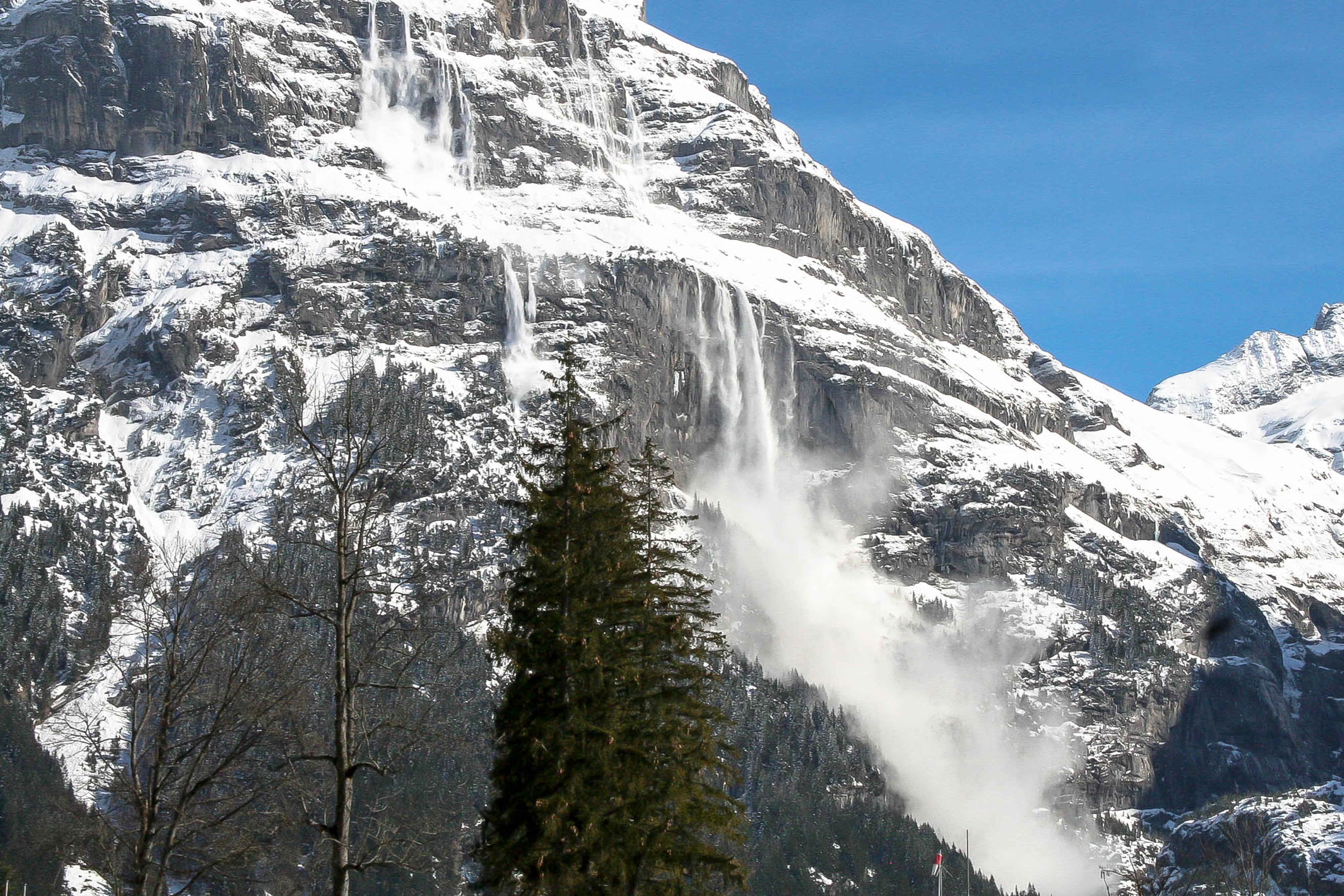
Conclusion
Areas above the tree line often accumulate masses of snow. The slide of a large amount of snow down the slope very often has a devastating effect on the forests located below them. These are mainly cases of dust or foundation avalanches from heavy wet snow, which at regular intervals maintaine avalanche paths deep into the mountain forest zone.
The distribution of forests in mountain valleys with regular occurrence of avalanches very clearly copies areas that are avoided by avalanches for various reasons. Several centuries-old forests grow there. It is in strong contrast when a few meters next to it is a steep slope on which tons of heavy snow fall in the form of avalanches almost every year. Avalanches thus model the distribution of forests in valleys across the mountains in Europe.

